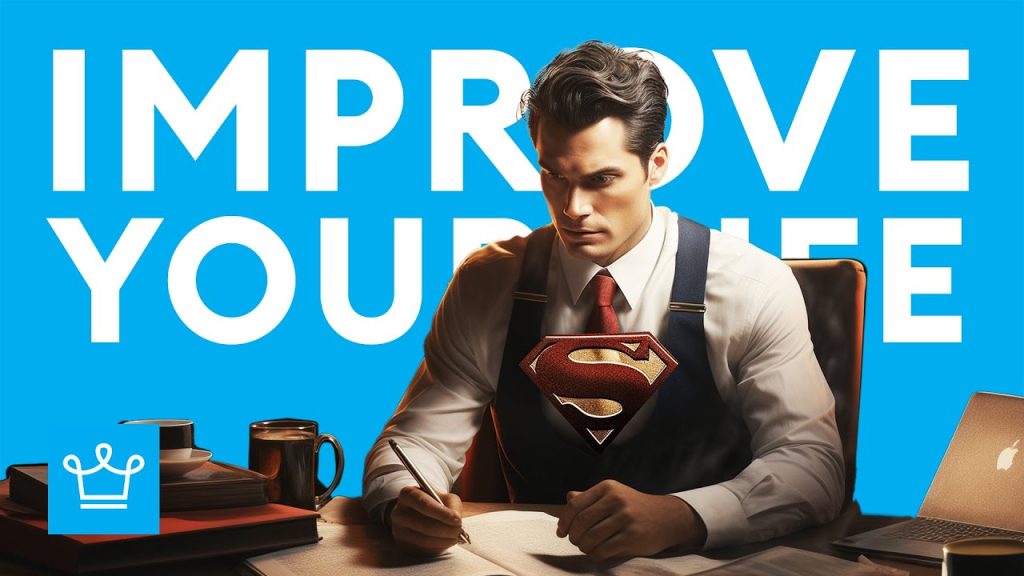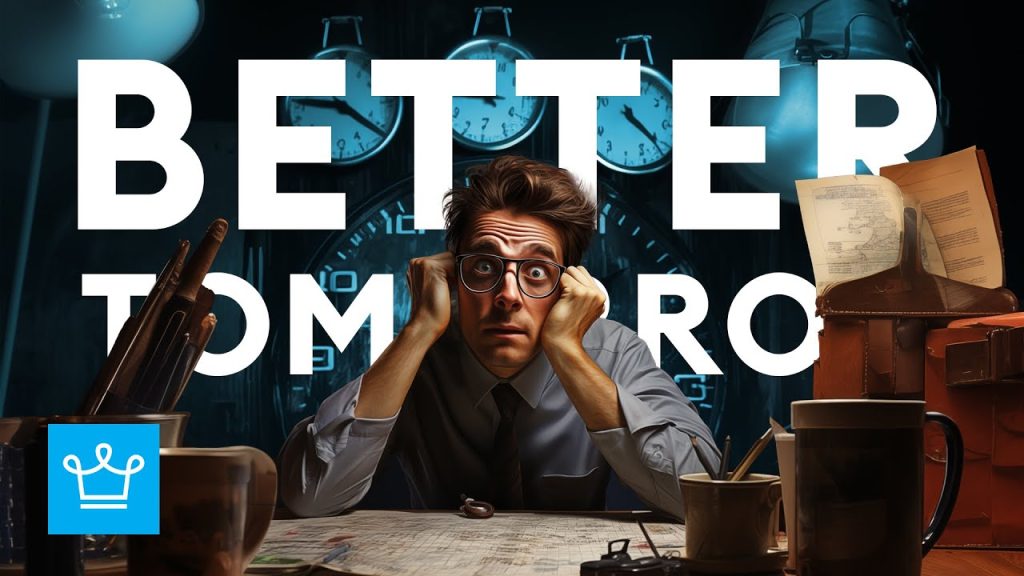If You Are a Salesperson Worried about Increasing Your Sales, Worry No More. Here Are 15 Tips and Tricks for You.
To buy or not to buy… that is the question. A question that any salesperson knows the answer to, is… TO BUY!
Today we dig deep into 15 of the Most Powerful Psychological Tips and Tricks in Sales.
Aluxers, we love your feedback – and we’ll directly reply to your comments on our video if you’re one of the first and if we love it, we’ll mention you and your comment in one of our articles and videos, so stick around, we could be mentioning you today!
If you feel empowered after reading our article, we’d appreciate a show of hands by liking, subscribing to our channel, and hitting that bell notification.
Welcome to Alux.com – the place where future billionaires come to get inspired. If you’re not subscribed yet, you’re missing out.
Instead of getting tricked into reading this boring article, switch out to the interesting video version instead:
So, without further delay… let’s begin.
1
The Sale Is All about the Buyer
One of the most important sales tips, whether you’re selling ice to an Eskimo or as one Reddit contributor said, “… sell a ketchup Popsicle to a lady wearing white gloves in the middle of July,” it doesn’t matter what the product is, you need to ensure that your client genuinely believes they need it and it’s for their betterment.
2
Understand That Marketing and Psychology Go Together
When you go into sales of any kind, you’re not just a salesperson, you’re also a psychologist, not legit obviously. But there is a lot of psychology wrapped up in powerful sales and learning about a person’s psyche and what makes them spend is one of the most useful and important tips.
Investopedia lists 5 money personalities – investors, savers, big spenders, debtors, and shoppers. Each category’s spenders have different personalities, and it’s up to the seller to learn the ins and outs of each one to make a successful sale.
If you want to learn from the failures of others, check out 10 Marketing Fails Of Luxury Brands.
3
Mirroring
This is something we’ve mentioned before, and it’s a tactic that makes someone believe that you and he are on the same wavelength.
It’s easy and effective.
As powerful businesswoman, Tiffani Bova says, “How you sell matters. What your process is matters. But how your customers feel when they engage with you matters more.”
4
Colour Influences Buying Tendencies
Insight Marketing affirms that “People respond to colours from a place that is both psychological and deeply personal.”
We could take up several articles on the intriguing psychological aspects of colour, but two quick examples are: men tend to buy products that have red price tags and women lean towards anti-aging products more when their branding is in purple.
5
Provide Social Proof
Is the product even legit if it’s not on social media and doesn’t have several 5-star ratings? Regardless of whether or not the ratings are real – people still need that visual social proof.
One of the tips we shared in our video, 15 Sneaky Strategies Companies Get You To Spend More Money, is that social proof “also applies when companies bring in “expert” testimonials or includes sales numbers in their advertising.”
One subscriber – Business With Yulianna – said “So happy you posted this! This is definitely something that should be talked about a lot more.” Thanks, Yulianna, we think so too!
6
Scarcity Sells
An oldie but a goodie, Aluxers and its stuck around for so long, because it just works.
Luckily, when it comes to selling our merch – we don’t need to scare you into buying our items – just head to alux.com/merch and see for yourself. We’ve got plenty of everything, and we’d love for you to post a pic of you wearing our gear!
7
Draw Strength from Your Setbacks
Seems counter-productive, doesn’t it?
Let’s give you an example. In 1962, Avis went ahead with their now famous slogan of “When you’re only No. 2, you try harder.” This strategy worked so well for the rental agency, that they went from being $3.2 million in debt, to a positive balance of $1.2 million!
In sales, acknowledging shortcomings shows your customers you are human, can be trusted and are always trying to improve yourself because no matter how many tips you follow, there will be some setbacks.
8
Empathy
If you’re going into sales purely to make money, then you’re not going to do that well. People are tired of greedy, profit hungry salespeople and are looking for real people and products they can relate to, are easy on the environment and have a ripple effect of goodness.
Empathy is key. And not pretend empathy either. By genuinely giving a d*mn and putting yourself in your customers shoes, is the kind of empathy we’re talking about, and that doesn’t require psychology to figure out either.
9
Provide Products with High Prices along with Low Priced Items
The whole point of this psychological trick is actually not to get you to buy the higher priced item… but to make you purchase the more affordable option, while you’re secretly thinking you’ve just scored a bargain.
You’ve been caught hook, line and sinker.
10
FOMO
Verywellmind.com states that FOMO is “a real phenomenon that is becoming increasingly common and can cause significant stress in your life.”
The effects of FOMO are powerful, and we’re not going to lie, it’s not the greatest psychological tool to use to sell your product. But people do, and it clearly works.
Curiosity killed the cat… but how curiosity did it, will astound you…
11
The Curiosity Gap
Did you see what we did with that last line? Does it make you wonder how curiosity really killed that cat?
That’s the “Curiosity Gap.”
Creating a desire for your customer to know more is a super trick to pique interest and have them scrolling through your Insta feed, Facebook post or blog.
One might call it a form of click bait, regardless it’s an effective way to draw you in while you try and fill in the blanks.
12
Consumers Want Ethical Choices
Selling a product that says, “Ethically sourced,” compared to “Tastes amazing,” is going to move a lot easier, and you could up the price too.
Customers want to know that by just purchasing their coffee beans, they’re helping to save the world, even if that’s all they’re doing.
As Emma Watson once said, “As consumers, we have so much power to change the world by just being careful in what we buy.”
13
Showing Pricing in Smaller Increments
Bite sized amounts are what sells easier on big ticket items.
Take a car for an example. The price for the car is $38,000 – which is a whack of money. But breaking it down into smaller, monthly increments, makes the purchase seem a lot more doable.
14
Get a Foot in the Door (FITD)
Let’s use the car example again. It’s a huge expense at $38,000… so, why not target people with the option to lease the car before purchasing?
That’s an opportunity to get a “foot in the door.”
Psychologist World explains it as follows, “the foot-in-the-door technique, by making gradually more demanding requests, creates an initial relationship between the requester and the subject which the latter then feels bound to honor.”
There’s also the opposite called “Door in the face,” whereby you ask for something big initially, which is usually a no from the customer. It’s then followed by requesting something smaller, the actual thing the seller wanted to sell in the first place, which is received with a yes, because it’s not as huge as the first request.
15
Reciprocity
You give something to your customer and they in turn, reciprocate with a purchase / loyalty / word of mouth etc.
It’s a simple method, and we’ll show you how it works right now.
Aluxers, we’ve provided insight and value to you today, and we’d appreciate it immensely if you would reciprocate by subscribing to our channel, and clicking that bell notification.
You see, easy, isn’t it?
Question:
Can you share some more powerful psychological tricks and tips in sales with us? We’d love to hear from you!






